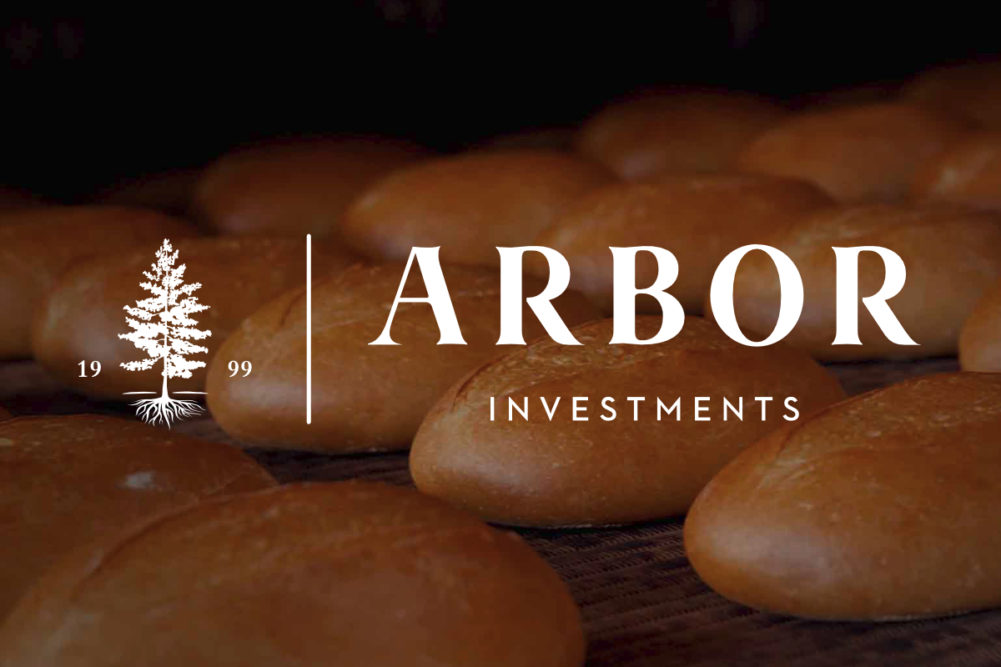KANSAS CITY — Private equity acquisitions of food businesses are nothing new, but PE’s role in food has expanded over the last several years. More often on the pages of this publication and Food Business News come announcements that a private equity firm is the buyer and/or the seller of one food business or another.
Despite the growth and maturing private equity investing has experienced over the last 40-plus years, PE has yet to fully shake the stigma from the era of highly-leveraged buyouts (LBOs) in the 1980s. Private equity investors come in all shapes and sizes, but a stereotype of the sector persists — opportunistic firms purchasing companies with rich legacies of success only to dismantle them for their parts.
 Josh Sosland, editor of Milling & Baking News.
Josh Sosland, editor of Milling & Baking News. Source: Sosland Publishing Co.
Indeed, when the leaders of Arbor Investments sat down for an interview with Food Business News and Milling & Baking News, their reserve was apparent initially. The team — Gregory J. Purcell, co-founder and chief executive officer; Carl S. Allegretti, president; and Alison B. Miller, partner and chief marketing officer — attributed their cautious attitude to a strong media tendency to mischaracterize private equity. The reticence faded as the group shared Arbor’s story, one at odds with the LBO stereotype. The three-part series (the final installment is published in this issue of Milling & Baking News) represents an affirmation of the enduring attractiveness of food businesses to the investment community.
Mr. Purcell was drawn to private equity early in his career based on his experiences in commercial banking in Chicago where he witnessed the outsized success many small- to mid-size banking clients enjoyed as food manufacturers. Despite the absence of any apparent moat repelling competition many of his customers operated in niches that generated stable and generous returns year after year. In a decision eventually resulting in the establishment of Arbor, Mr. Purcell decided to find a way to assemble a collection of such food companies and nurture the acquired businesses using a comprehensive management toolbox, including expanding distribution, innovation, adding capacity, the injection of new management talent, shoring up marketing capabilities and/or enhancing efficiencies.
In the quarter of a century since Arbor was established, Mr. Purcell’s instincts have proven sound. From modest beginnings when founding partners swam against the tide of the dot-com boom in the late 1990s, seeking to raise funds for food investments, Arbor has grown rapidly. To this day, Mr. Purcell revels in how “unsexy” Arbor’s business model is relative to his high-tech peers. Even without businesses that boast breakthroughs in artificial intelligence or virtual reality, Arbor has built a portfolio of companies with annual revenue that ballooned from $65 million 20 years ago to $2.6 billion today. The firm’s portfolio companies’ aggregated annual EBITDA exceeds that of TreeHouse Foods. The growth has been achieved despite a far more conservative approach toward leverage than is the norm in private equity and a willingness to make a range of investments into its businesses to help its portfolio companies (and investors) succeed.
While Arbor’s initial timing may have been challenging, the firm has benefited from a wave of general growth in PE investing. Between 2006 and a recent high in 2021, investment commitments to PE firms nearly tripled to $1.4 trillion from $480 million, according to data published earlier this year by McKinsey & Co. The consulting firm said private market assets under management reached $11.7 trillion in June 2022, with buyout investing representing the largest component at 28% (venture was second at 22%). While still small relative to publicly traded equity markets, estimated by McKinsey globally at $124 trillion in 2021, private equity’s role in food and beverage mergers and acquisitions continues to gain prominence.
The success Arbor has achieved by focusing exclusively on the food sector speaks volumes about both the dynamism of the food business and the continued opportunities to prosper in a business seemingly as “unsexy” as food.






